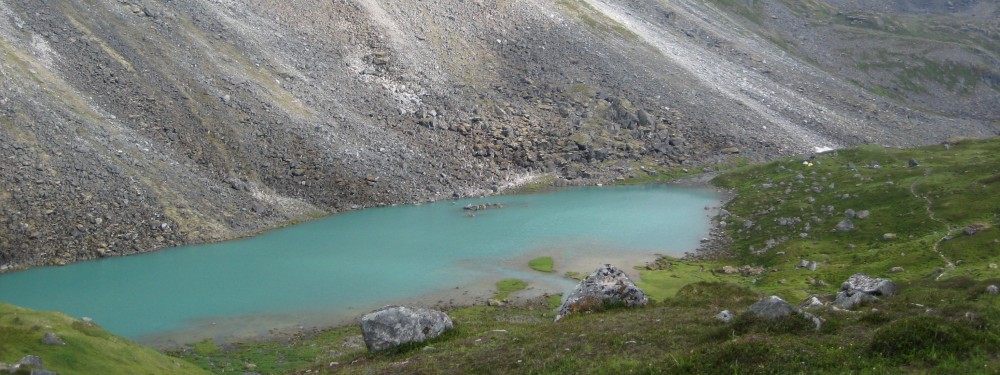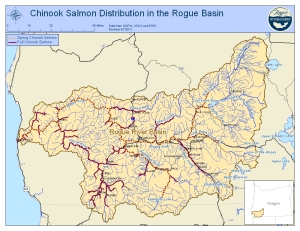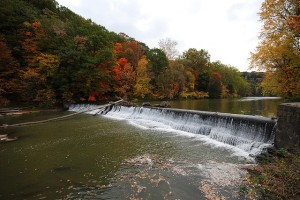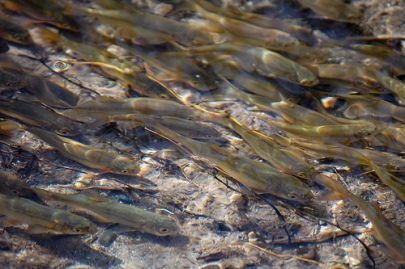I am pleased to introduce a guest piece by Peter Brewitt, PhD Candidate University of California Santa Cruz and blogger at http://damremoval.wordpress.com. In his PhD research, Peter is working on the politics and ecology of two of the dams mentioned in this series. Thanks to Peter for the quick turnaround on this article – please thank him by checking out his work at the above links.
-Nate and the ECE
The ecology of dams and dam removal: a socio-ecological history of the Elwha (Part 4)
By Peter Brewitt
The Elwha River used to be 45 miles long. It flowed north out of Washington’s Olympic Mountains, from glaciers to taiga to lowlands and into the Strait of Juan de Fuca. It was far enough west to pick up the moisture rolling in off the Pacific ocean, far enough east to avoid getting scoured out like the rainforest rivers on the west side of the Olympic Peninsula. And… it was full of salmon. Continue reading





You must be logged in to post a comment.